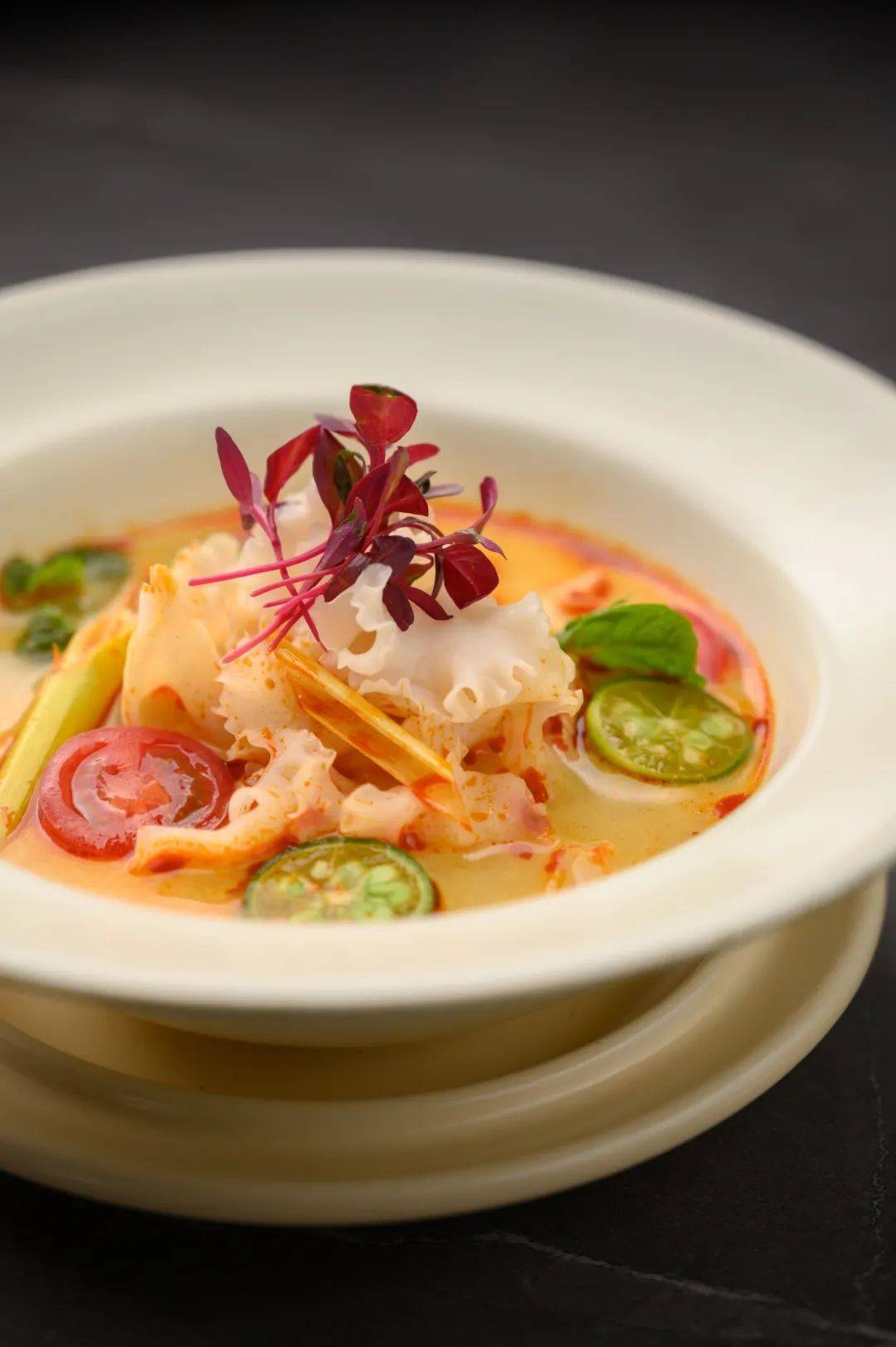Tamarind Soup Recipe: A Flavorful Journey to Southeast Asian Cuisine
Guide or Summary:TamarindSoup BaseProtein AdditionBalance with SweetnessGarnishes and AccompanimentsEnjoying the Tamarind SoupEmbark on a gastronomic advent……
Guide or Summary:
- Tamarind
- Soup Base
- Protein Addition
- Balance with Sweetness
- Garnishes and Accompaniments
- Enjoying the Tamarind Soup
Embark on a gastronomic adventure through the rich tapestry of Southeast Asian flavors with our tantalizing tamarind soup recipe. This timeless dish, a staple in the culinary traditions of countries like Thailand, Malaysia, and Singapore, offers a harmonious blend of aromatic spices, sweetness, and tanginess that will tantalize your taste buds and transport you to a world of culinary delight.
Tamarind
At the heart of this exquisite soup lies the sour and slightly sweet tamarind. A key ingredient in Southeast Asian cooking, tamarind provides a vibrant acidity that enhances the overall flavor profile of the dish. Its unique combination of sourness and sweetness creates a balanced and complex taste that is both refreshing and invigorating. When selecting tamarind for your recipe, opt for fresh or high-quality tamarind paste to ensure the best results.

Soup Base
The foundation of a perfect tamarind soup is its rich and flavorful broth. Start by simmering a combination of aromatic spices in water, including lemongrass, galangal, kaffir lime leaves, and Thai chili peppers. These ingredients infuse the broth with a depth of flavor that is both complex and aromatic. Allow the spices to steep for at least 30 minutes to ensure maximum flavor extraction.
Protein Addition
Next, introduce your choice of protein to the soup. Common additions include shrimp, chicken, or beef, but feel free to experiment with other ingredients based on your preferences. Ensure that the protein is tender and well-cooked by simmering it gently in the broth until it reaches your desired level of doneness.
Balance with Sweetness
To achieve the perfect balance of flavors in your tamarind soup, it's essential to add a touch of sweetness. Palm sugar or brown sugar can be used to enhance the natural sweetness of the tamarind, creating a harmonious blend of sweet, sour, and savory. Adjust the amount of sugar according to your taste, but aim for a subtle sweetness that complements the other flavors without overpowering them.

Garnishes and Accompaniments
No tamarind soup is complete without a few carefully chosen garnishes and accompaniments. Fresh herbs like cilantro or Thai basil can add a burst of freshness and color to the dish. Additionally, sliced green onions, lime wedges, or even a sprinkle of crushed peanuts can add an extra layer of texture and flavor to your soup.
Enjoying the Tamarind Soup
Serve your homemade tamarind soup hot, garnished with a variety of fresh herbs and accompaniments. It makes for a perfect appetizer or light meal, especially on a warm day. The combination of the rich, aromatic broth, tender protein, and the tangy-sweet tamarind creates a dish that is both comforting and invigorating.
In conclusion, our tamarind soup recipe is a testament to the diverse and flavorful culinary traditions of Southeast Asia. By following the simple yet precise steps outlined in this guide, you can create a delicious and authentic tamarind soup that will impress your family and friends. Whether you're a seasoned home cook or a culinary enthusiast, this recipe is sure to inspire you to explore the rich flavors of Southeast Asian cuisine. Enjoy your journey into the world of tamarind soup, and may your taste buds delight in every spoonful!
